Gamification means applying game mechanics into non-game environments such as online learning, communities and websites. Its goal is to engage and motivate the users of the platform. Gamification encourages active learning, which is needed in studying any subject.
Gamification has been used for years. In fact, Dmitri Mendeleev, the scientist seen as the father of the Periodic Table for Elements, used gamification to study the elements. He was known for being an enthusiastic card player, and when he had trouble processing all the data regarding the elements, he turned the classification process into a card game. Mendeleev’s findings were published and later on other scientists were able to fill in his work and further develop the Periodic Table. What makes the story even more remarkable, is that growing up Mendeleev was not a very successful student, but his gamification system turned it around.
Even though gamification has been used for years, the revolutionary improvement in learning through gamification has only been recognized in the last decade. According to a study done by a cyber security company, students’ activation increased by 43% when using gamification in comparison to traditional learning.
Gamification works just as well on adult learners than children, even if it is too easily associated with kids’ play. The activating tasks make the learner more motivated, and learning happens imperceptibly.
Gamification uses game design elements such as collecting points and badges, using avatars and teammates, as well as storytelling. These elements are proven methods for elevating our natural desire for learning, competing, and socializing. In learning environments, gamification’s purpose is to boost the user’s motivation to learn. Winners, losers and ranking orders are secondary aspects. Gamification also provides the user with instant feedback and rewards.
Gamification in ATC
In air traffic control, gamification is often used in simulations where ATC students can train for real-life situations such as operating the radar. In some places the simulations are even called ‘games’ but they do still have a real purpose, so we prefer to call them “exercises”.
Lektor’s Instructor Skills Trainer (IST) is built like a simulator. Students are able to practice operating air traffic control through an interactive training platform. The IST shows the operational context (TWR, or radar) where learners can “play with” the traffic to practice every-day operations. These exercises are comparable to the more traditional simulations used in ATC training all around the world.
Lektor’s Learning Management System
The IST is an individual learning tool but also Lektor’s Learning Management System, called TalentLMS includes gamified functions. TalentLMS’ gamification features are points, badges, levels, leaderboards, and rewards.
Points are used for keeping score and improving the competitive spirit among users of the platform. Badges highlight the milestones and boost the learners’ sense of achievement. Levels keep the learners confident that they are moving forward. They also make sure that the learner is learning in a logical order where difficulty increases over time. Leaderboards help learners compare themselves to other players, and can motivate certain learners to practice more effectively. Rewards provide a motivational boost.
The Future of Gamification
We at Lektor believe that gamification is here to stay and will be used in modern learning environments. Lektor is a pioneer in ATC training and we want to make learning active, fun, and efficient in a way that suits your needs. “Your Training. Your Way.” as we like to say. Get to know our course portfolio.






